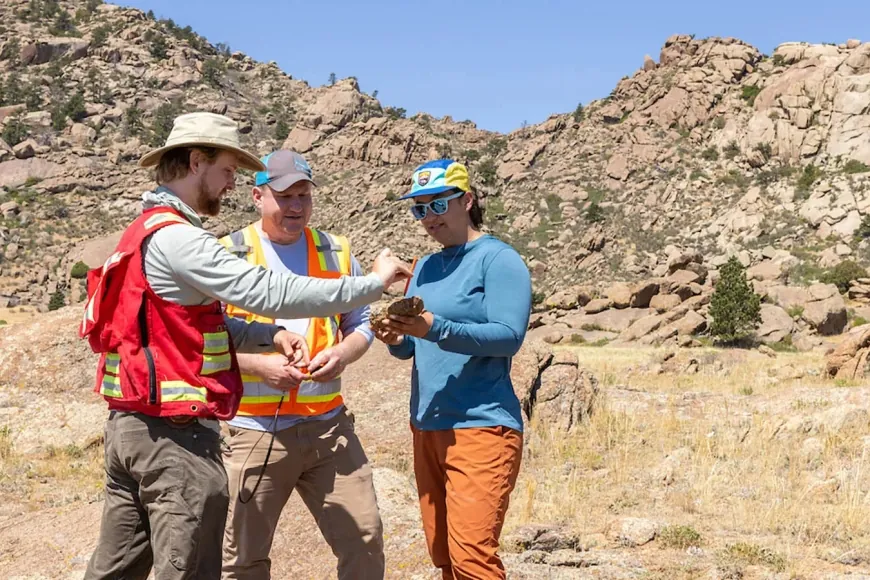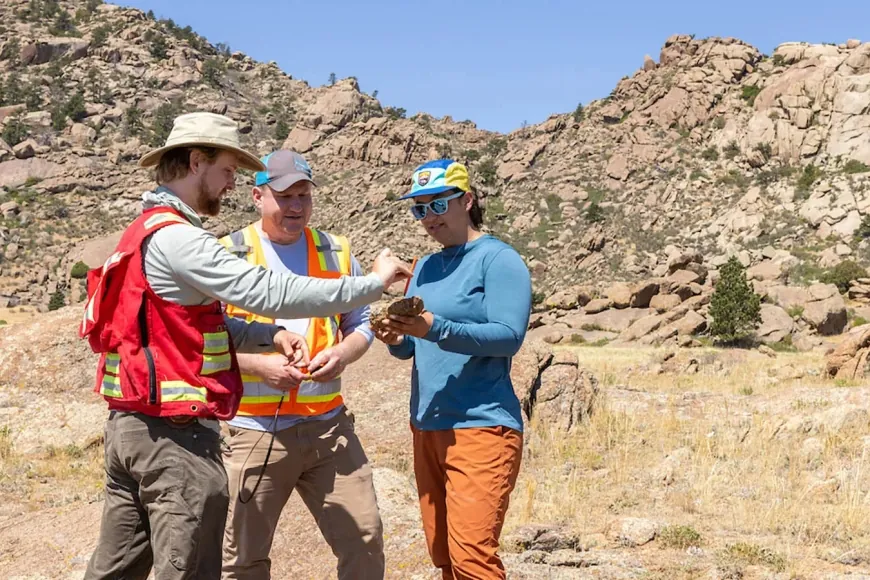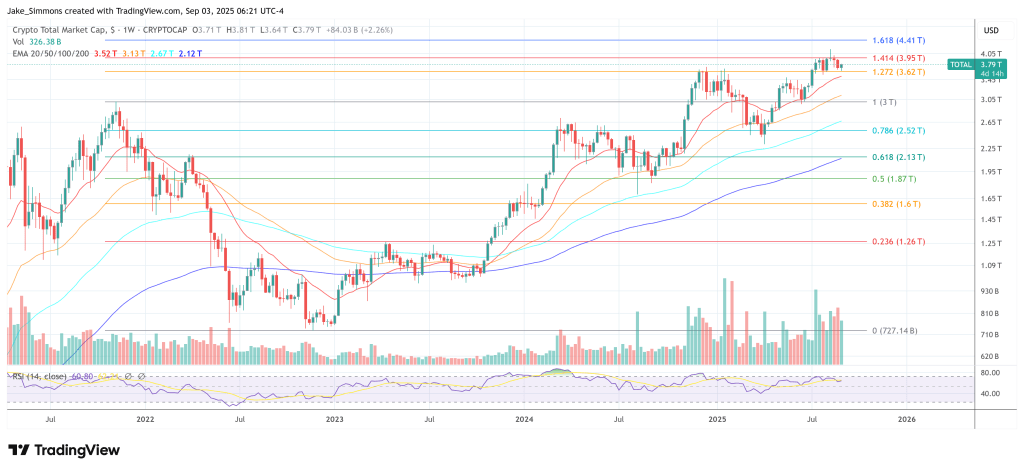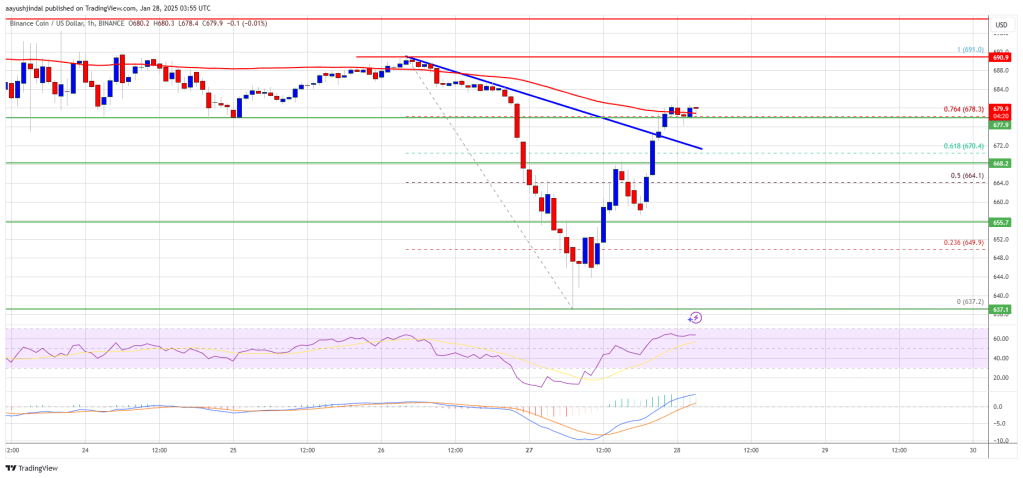
Sheridan County, WY — A confirmed rare earth element deposit in northern Wyoming positions the U.S. to reduce its dependence on foreign mineral imports, marking a key development in domestic resource security.
An independent assessment by Fluor Corporation, one of the world’s leading engineering firms, has validated the commercial potential of rare earth reserves at Ramaco Resources’ Brook Mine. According to the study, the mine could produce more than 1,200 tons of rare earth oxides annually, including materials used in advanced electronics, renewable energy systems, and U.S. military hardware.
Fluor’s economic report assigns the project a net present value of $1.2 billion at an 8% discount rate and a pre-tax internal rate of return of 38%, indicating a profitable operation under current market conditions.
Ramaco Enters Rare Earths With Brook Mine Bet
The Brook Mine project represents a significant new chapter for Ramaco Resources, a Kentucky-based company previously focused on metallurgical coal. While its coal operations continue in Appalachia, Ramaco is now entering the rare earth sector — a space with growing relevance to national industry and supply chain policy.
“This isn’t just a new mine. It’s a step toward building secure access to materials the country needs,” said Randall Atkins, Chairman and CEO of Ramaco Resources. “From energy to defense, these minerals are central to our future manufacturing capabilities.”
The Brook Mine is located in the Powder River Basin, a region more commonly associated with thermal coal. Initial exploration results suggest the deposit includes significant quantities of neodymium, dysprosium, and scandium — all of which are in short supply globally and essential to permanent magnets, clean energy components, and aerospace alloys.
Minerals With National Importance
Rare earth elements are used in components that power everything from electric vehicles and smartphones to missile systems and aircraft. The U.S. Department of Energy and Department of Defense have both flagged these minerals as essential for reducing external dependencies.
China currently controls approximately 85% of the global rare earths market, a position that has led to export restrictions during past trade disputes. With the Brook Mine, Ramaco estimates it could support 3% to 5% of the total U.S. demand for permanent magnet feedstock — a modest but symbolically important contribution to domestic capacity.
The U.S. still relies heavily on imports for rare earth minerals, with most of the supply coming from China. Around 80% of the rare earths used in the country are imported, and China dominates both mining and processing.
Experts say even incremental domestic supply can help reduce pricing pressure and prevent material shortages in critical sectors.
Processing Plans in Motion
In addition to extraction, Ramaco intends to develop domestic processing capabilities to handle these minerals from start to finish. That’s a key move, as raw rare earth ores must be separated and refined before they are usable — a stage that currently takes place almost exclusively in China.
The company said it is already exploring partnerships and engineering work for processing facilities, including plans to leverage U.S.-based research institutions for technology development. The goal is to create a vertically integrated system where mining, separation, and material production all take place within the country.
“This is an opportunity to restore control over resources that are fundamental to 21st-century manufacturing,” Atkins added.
Timing Aligned With Rising Demand
The confirmation of a rare earth resource on U.S. soil comes as demand for clean energy and advanced technology continues to climb. Electric vehicle production, wind turbine installations, and semiconductor manufacturing all rely on components made from these minerals.
With federal policy now encouraging domestic mining and strategic materials development through incentives and grants, the Brook Mine could qualify for support from the Department of Energy or Department of Defense under programs aimed at reducing supply chain risks.
| Metric | Figure | Source / Notes |
|---|---|---|
| U.S. Rare Earth Production (2023) | 43,000 metric tons REO | USGS 2024 Mineral Commodity Summary |
| Estimated U.S. Production (2024) | 45,000 metric tons REO | USGS & Industry Estimates |
| Global Rare Earth Production (2023) | ~350,000 metric tons REO | USGS |
| U.S. Share of Global Production | ~12.5% | Calculated from production ratio |
| U.S. Net Import Reliance (2024) | ~80% of domestic use | USGS 2024 |
| U.S. Rare Earth Imports (2023) | ~8,000 metric tons | USGS Trade Data |
| China’s Share of U.S. Imports | 70%–77% | USGS 2023 |
| China’s Share of Global Output | ~77% | USGS 2023 |
| U.S. Rare Earth Mines in Operation | 1 | Mountain Pass, CA |
| Key U.S. Supply Chain Gap | Processing & Refining | U.S. lacks domestic refining capacity |
Key Insights:
|
||
| Data compiled by iShook Finance from U.S. Geological Survey (USGS), 2024 and trade data reports. | ||
Mine Plan Set With Local Hiring, Compliance First
Ramaco is expected to proceed with permitting and development planning later this year, with construction potentially starting in phases. The company said it will prioritize environmental compliance and local workforce training as part of the mine’s rollout.
While full-scale operations are still several years out, Fluor’s economic validation puts the Brook Mine in a rare category: a confirmed, economically sound rare earth project located entirely within the United States.
If successful, it may not only create a new revenue stream for Ramaco but also support national efforts to rebuild critical infrastructure around materials the country can no longer afford to import without consequence.
Also Read: Why Trump Wants Ukraine’s Rare Earth Minerals
|
Follow iShook on Social Media for More Tips and Updates! |




